Is this Morgan pitted?
Would you consider this pitting or something else?

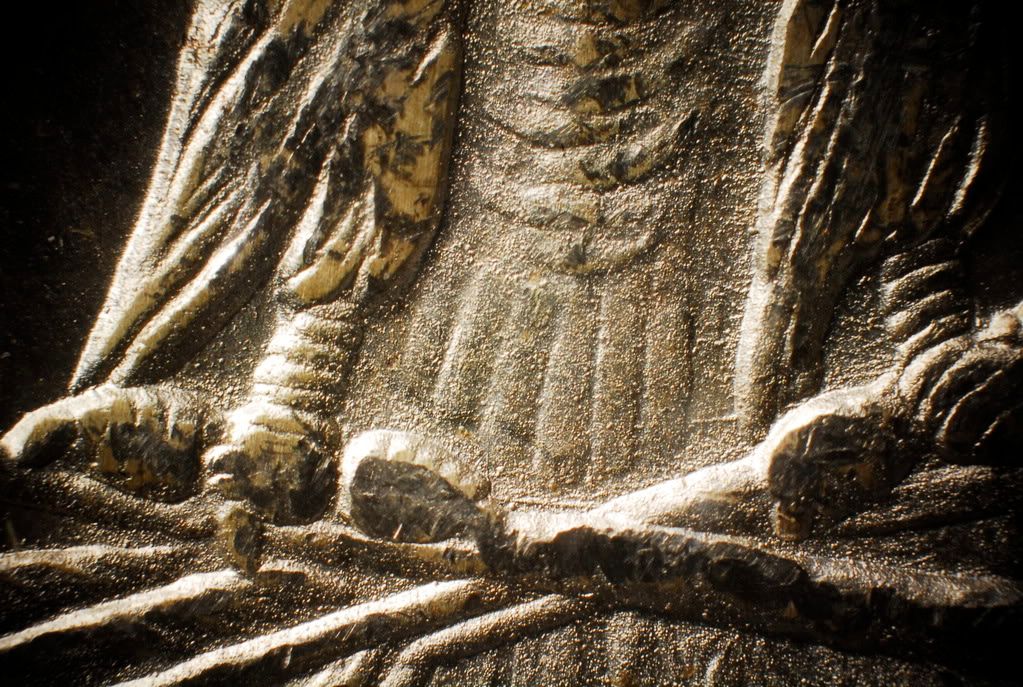
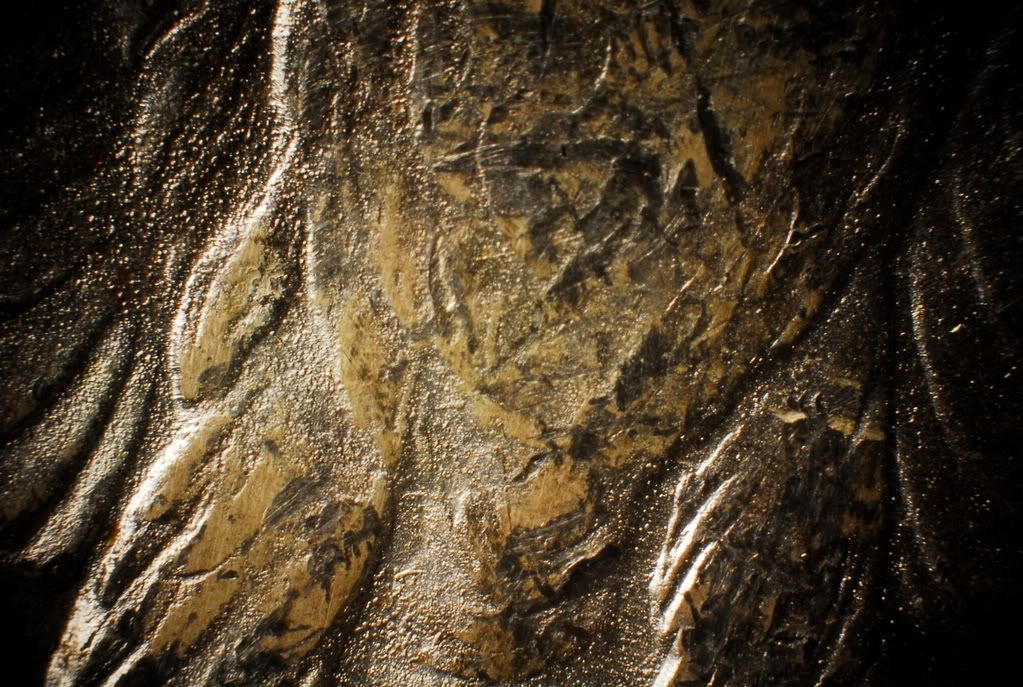

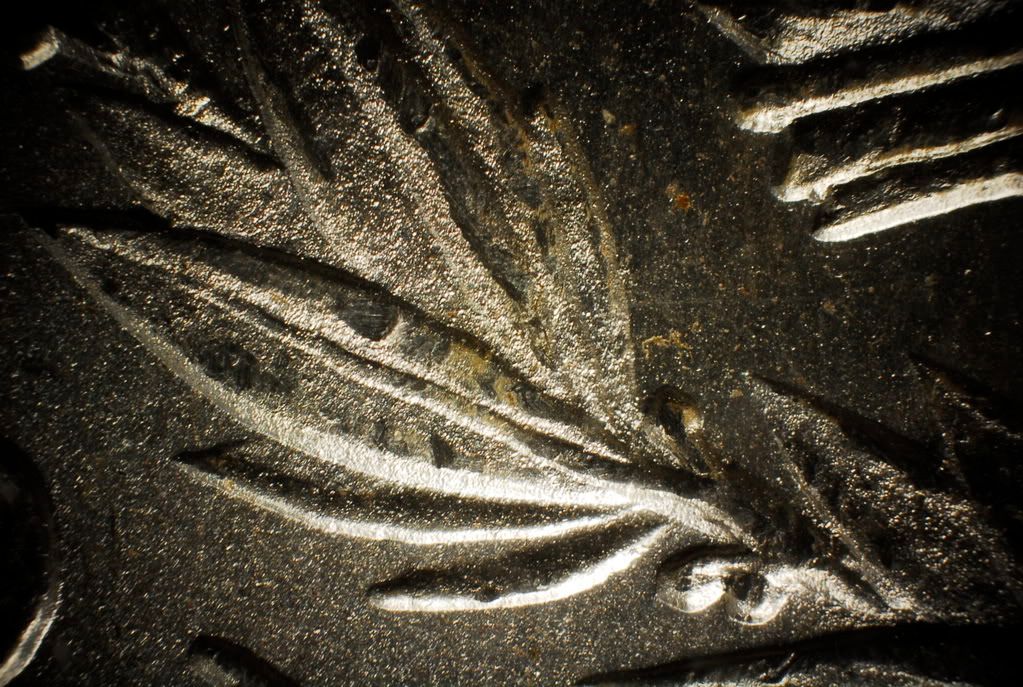
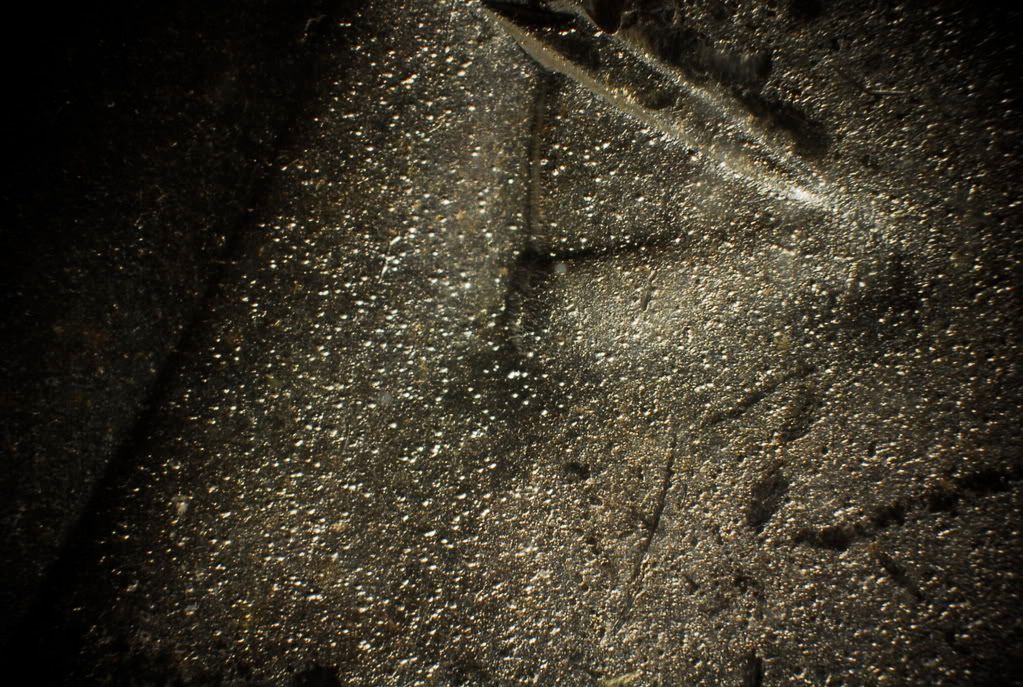
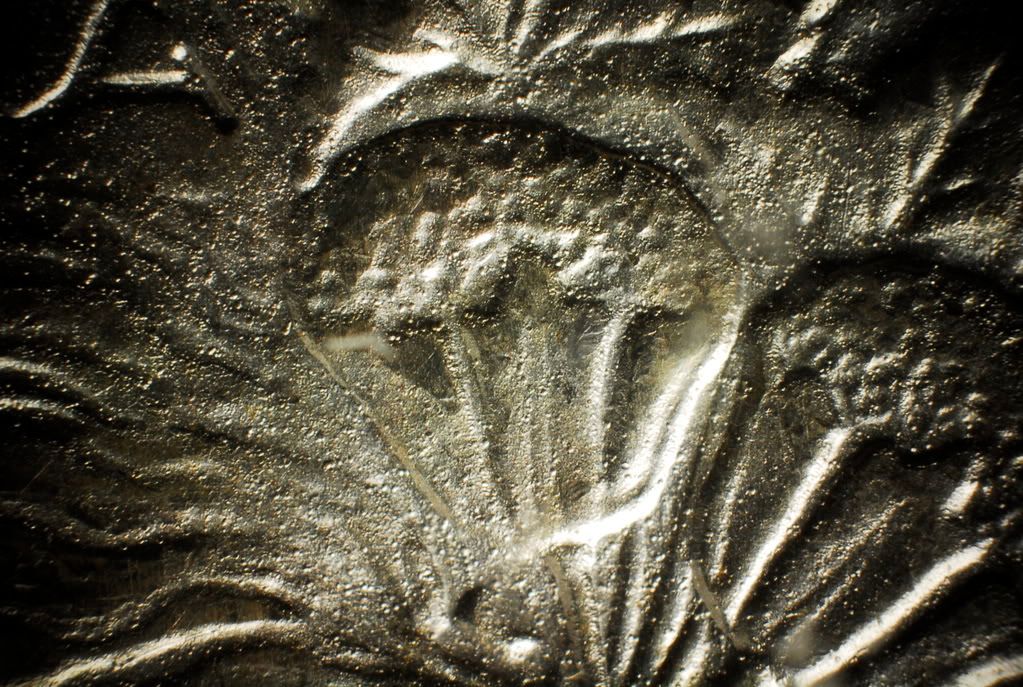







http://www.bluccphotos.com" target="new">BluCC Photos Shows for onsite imaging: Nov Baltimore, FUN, Long Beach http://www.facebook.com/bluccphotos" target="new">BluCC on Facebook
0
Comments
President, Racine Numismatic Society 2013-2014; Variety Resource Dimes; See 6/8/12 CDN for my article on Winged Liberty Dimes; Ebay
- Marcus Tullius Cicero, 106-43 BC
-Paul
<< <i>Could it be a counterfeit? I've never seen a die (let alone both dies) rusted all-over like that....
-Paul >>
Nope on that one, it is in a PCGS 65 Holder. The coin is a 1883-O.
-Paul
<< <i>I dunno, but sure would love to take pis like that!
I think you meant "pics"
Anyway, rusted dies, with light pitting throughout the devices. Is this an 83-O? I think I've seen that diagonal through the O before.
Keeper of the VAM Catalog • Professional Coin Imaging • Prime Number Set • World Coins in Early America • British Trade Dollars • Variety Attribution
bob
PS: Good old humid and wet New Orleans!
<< <i>
<< <i>I dunno, but sure would love to take pis like that!
I think you meant "pics"
Anyway, rusted dies, with light pitting throughout the devices. Is this an 83-O? I think I've seen that diagonal through the O before. >>
Here is a better look at that diagonal
You can confirm it if there is doubling on the 1 in 1883. It should be at the bottom of the crossbar (top left of the 1) and the left top side of the vertical shaft.
S
Check the MM for doubling on the field on the lower left and right sides.
S
I've noticed a lot of pitting on several VAMs I have that dont have rusted dies or pitting noted on the VW page. I wondered about this the first several I ran into. Then I came up with a theory which I havent asked to see if I'm correct or not.
I think LVA treats pitting in much the same way as die chips, breaks, scratches & gouges. I think that they have to be readily visible to the naked eye to list. Meaning that the pitting has to be concentrated in certain areas to form larger blobs of pitting, instead of pitting being uniformly distributed.
Maybe someone else can give their input on this to verify if I'm correct in my thoughts.
You wouldn't believe how long it took to get him to sit still for this.
Looks like a rusted die struck that coin, as stated above.
I have an 1883 with pitting on the obverse.
"Bongo hurtles along the rain soaked highway of life on underinflated bald retread tires."
~Wayne